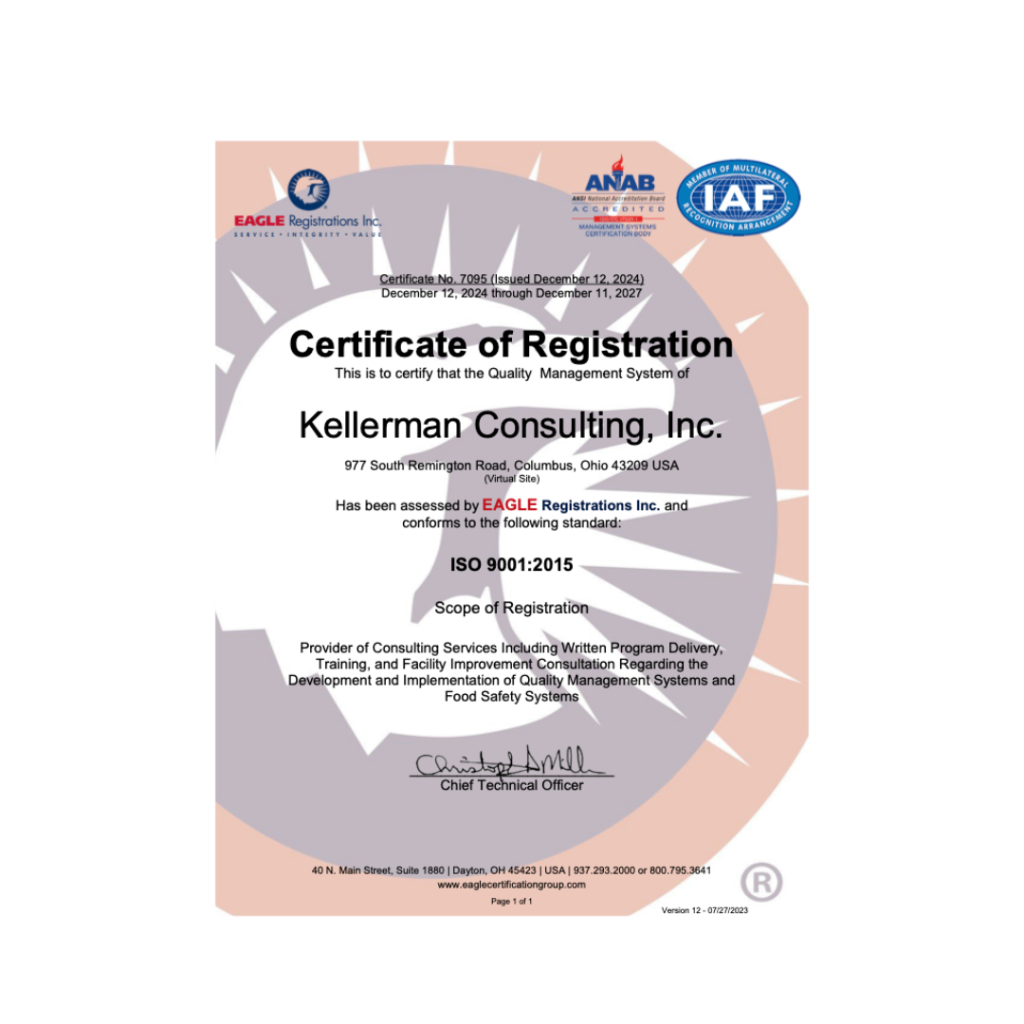
An Introduction into Key Performance Indicators
An Introduction into Key Performance Indicators
Key Performance Indicators are the fundamental aspects of our business. They are the crucial actions or results that demonstrate that operations are performing as expected, and that we are getting sustainable results.
These key performance indicator measurements, also called KPIs, apply to all businesses, and are in fact used by most businesses that operate sophisticated quality and safety programs.
Knowing what specific measurements to choose, and how to use the monitoring of these measurements as a guide for the business can be complex, so we are going to look at both how to choose KPIs, and then how to make sure they are embedded properly in operations so as to be effective.
KPIs are a Tool to Measure Success
Most manufacturing businesses have changes that can occur within each week and often during any given shift. There are many literal and figurative moving parts, and as a result it can be difficult to determine if operations are working correctly or incorrectly.
Unexpected events and business conditions can dramatically alter how we perceive our business is functioning. Things we are sure are important suddenly reveal themselves to be inconsequential, and the things we thought didn’t matter can suddenly become essential.
Because of these realities, it is important to establish and maintain a set of unchanging, and regularly reviewed Key Performance Indicators when reviewing the state of operations.
KPIs are Measured to Ensure System Functionality
Key performance indicators are the measurements determined to be the target values to make sure our system is correct.
These indicators can be achieving positive outcomes, such as a level of output or quality, or they can be avoiding negative outcomes, such as, a maximum allowed deviation, limits on unplanned downtime or preventing worker injury.
Whether an organization selects achieving a positive metric or avoiding a negative outcome is contextual for an operation.
Strategic Power of KPIs
It is in thinking about the different types of performance indicators, negative or positive, that we really get a glimpse into the strategic power of these measurements.
The correct indicators, with consistent review and reassessment, allows management and employees to focus on the larger priorities of the company, without being distracted by the day-to-day issues that inevitably arise in operations.
KPI Data Indicates Conformance or Non-Conformance Trends
KPIs are the metrics that tell us if we are in conformance or out of conformance, or whether we are right or wrong in our approach. Setting the correct KPIs is a crucial aspect of maintaining a properly running business.
Well established KPIs can warn us early of trends that may lead to failure, and they also demonstrate which organizational actions have had a positive impact on strategically important aspects of the business.
Download the Free KPI Reporting Spreadsheet to Start Tracking Your KPIs Today!







